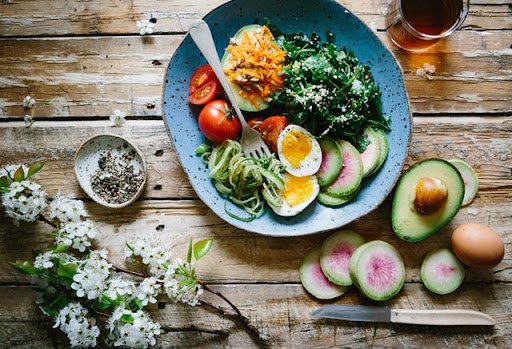In the 1980s-90s, the food industry witnessed a renaissance with the low fat craze that drastically transformed the landscape of grocery stores. Unfortunately, another war has waged in the grocery aisles, with the villain changed this time.
Carbohydrates have become the greatest enemy of health enthusiasts. The swiftly burning carbs from white flour and whole grains to starchy vegetables have been attracting dismissal by Ketosis supporters.
Keto diets decrease hunger which is specifically important for people trying to lose weight. As a result, the keto diet has accelerated into one of the most amplified “anti-carbohydrates” weaponry.
The Keto plan attracts an equal number of bonafide fitness enthusiasts touting its benefits and critics showing their disapproval. The Good Fat Co.Ltd. plans to launch a diet keto snack bar in 450 retail outlets, and the South Beach Diet started a keto-friendly diet program in 2019.
The Keto meal plan is low in carbs, contains high quantities of fat, and is medium in protein. In standard, a keto diet:
- Carbs are typically reduced to 20-50gms every day. Fats should replace the major carbohydrates and deliver almost 75% of the total calorie intake.
- Proteins should be around 10-30% to fulfill the energy requirements, while carbohydrates are restricted to 5%
Reduced consumption of carbohydrates forces your body’s dependence on fat for energy requirements instead of glucose. In addition, the keto diets decrease hunger and increase surfeit, which is more effective in weight loss than modest fat diets.
What foods to eat during ketosis?
Adhering to the keto meal plan can be overwhelming sometimes. So whether you’re consuming a home-cooked meal or ordering snacks from meal plan delivery services, make sure your diet plan consists of the following foods or ingredients.
Poultry: Chicken, turkey, eggs (pastured, organic whole eggs)
Fatty fish: salmon, pork, mackerel, sprats, herrings
Meat: Bison, organ meats, grass-fed beef, and venison
Cheese: Cheddar, mozzarella, brie and cream cheese, goat cheese
Dairy: Yogurt, butter, and cream
Fasts: Olive oil, avocado oil, coconut butter, and sesame oil
Non- starch vegetables: Greens, broccoli, tomatoes, and peppers
A keto diet is diverse and flavourful. We suggest focusing on high fat, low carb foods like eggs, meats, dairy, and low-carb vegetables. Reduce the consumption of processed foods and unhealthy fats. The buzz of the ketogenic diet has attracted a wide array of interesting and healthy meal ideas.
How to create a ketogenic meal plan?
A keto diet is high in fat but low in carbs and protein, enabling the body to blaze stored carbohydrates for energy. To trigger ketosis, a diet typically consists of 50 grams of carbohydrates per day.
Consumption of oils, meats, fats, and limited amounts of non-starchy vegetables. The remaining calories in the keto diet come from protein ( approximately 1gm per kg of body weight). As for the carbs, we propose consumption of within 20gm-50gm of net carbs per day. Even if you eat something as small as serving blueberries, the body could revert to burning carbohydrates for fuel rather than fat. Eating low-carb meals is more than just a diet; it is a healthy lifestyle.
The Ndis meals are home-delivered, ready-made, home-style meals with dietary needs varying from dairy-free to ketogenic. These meals include optimal levels of saturated fats, carbohydrates, sodium, and more.
Do you like to schedule meals each week or be surprised by what is delivered? If you’re a bonafide health enthusiast or a picky eater, meal delivery services are probably the way to go.
Eric Desuza
Related posts
Subscribe Now
* You will receive the latest news and updates on your favorite celebrities!
Meet the Author

Gillion is a multi-concept WordPress theme that lets you create blog, magazine, news, review websites. With clean and functional design and lots of useful features theme will deliver amazing user experience to your clients and readers.
Learn moreHOT TOPICS
Categories
- Animals (6)
- Business (576)
- Cooking (3)
- Design (17)
- Education (59)
- Entertainment (62)
- FASHION (89)
- Fashion (38)
- Featured (19)
- FOOD (42)
- Guide (55)
- Health (290)
- HOME (181)
- Interior (14)
- Life (8)
- Lifestyle (111)
- Motivation (6)
- News (47)
- People (4)
- Photography (5)
- Review (4)
- Style (4)
- TECH (176)
- Travel (107)
- Uncategorized (1,171)



Stay connected